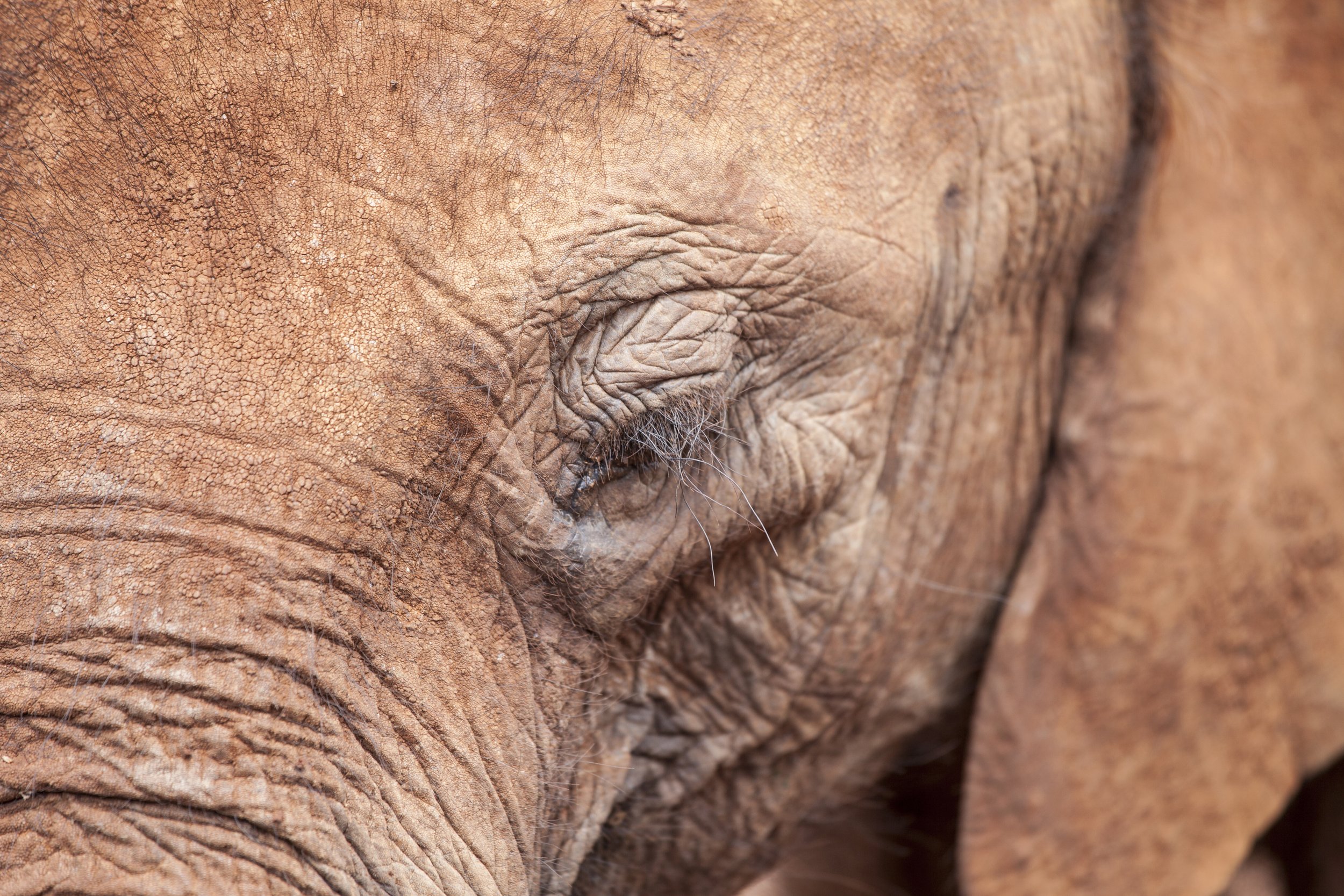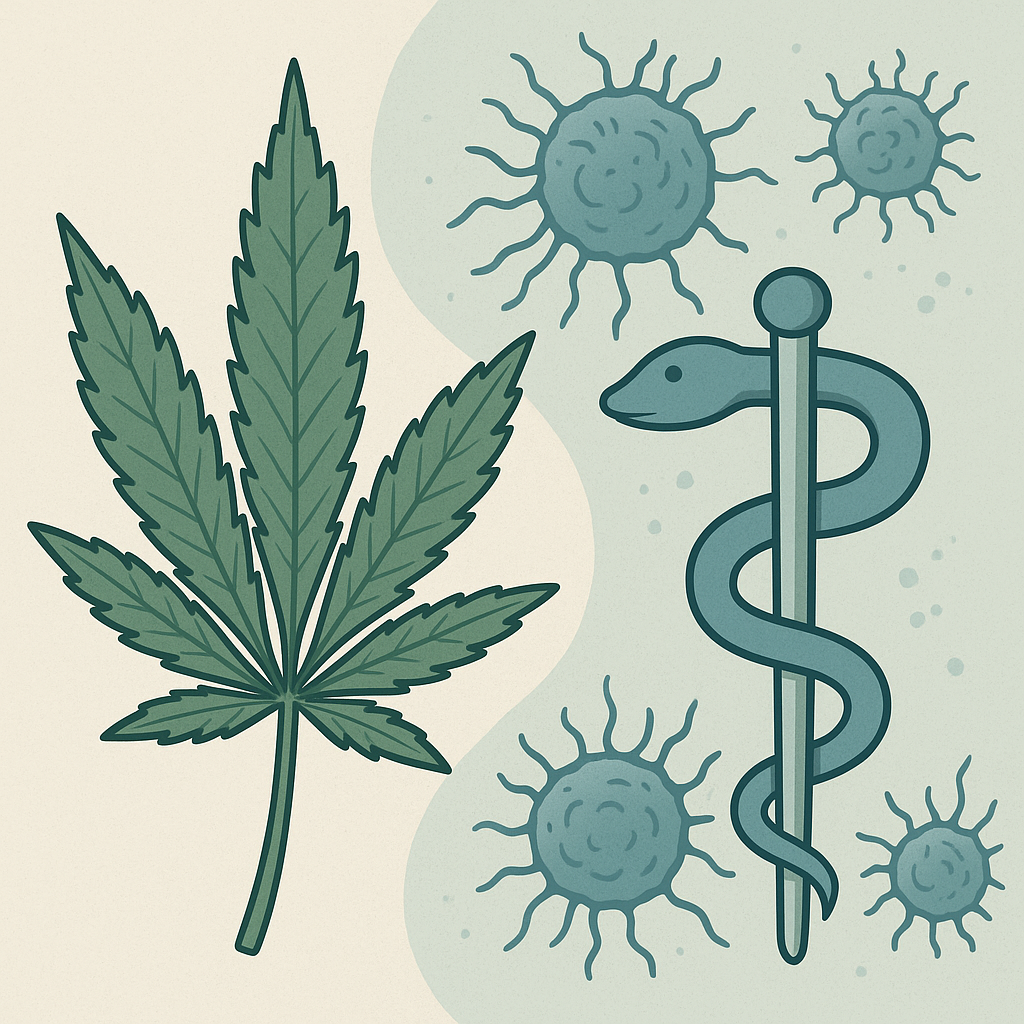Los resultados del tratamiento médico de esta elefanta asiática son un parteaguas en la investigación sobre el uso de medicamentos con CBD en elefantes.
El cannabis medicinal puede ser usado en muchos animales porque todos los vertebrados poseen un Sistema Endocannabinoide. A pesar de su utilidad, es importante que sea prescrito por un médico veterinario para que el tratamiento se adapte al paciente. Seguramente has escuchado que puede utilizarse cannabis medicinal para las mascotas, pero también podría ser de utilidad en animales en cautiverio. En el siguiente texto, te compartimos algunos resultados observados tras el uso de CBD como tratamiento médico de una elefanta en un parque de conservación en Mexico.
Antecedente: Uso de CBD como tratamiento en elefantes
Hasta la elaboración y divulgación del presente escrito, no existen reportes científicos publicados con resultados del uso de CBD en elefantes. A la fecha, la comunidad científica solo cuenta con un proyecto de investigación, mismo que está a cargo de Agnieszka Czujkowska. En él, la médica veterinaria propuso evaluar los efectos del CBD en el estado anímico de los animales. Asimismo, en agosto de 2020 se publicó una noticia sobre el Zoológico de Varsovia y su intención de usar CBD en sus elefantes, pero la veterinaria y su equipo finalmente no realizaron la prueba.
Reporte de caso del elefante mexicano:
Nociones preliminares: En 2020, un parque de conservación de vida silvestre en México colaboró con ICAN Vets para llevar a cabo una investigación pionera sobre el uso de cannabidiol (CBD) en uno de sus elefantes asiáticos. Dicho trabajo no hubiese sido posible sin la colaboración de los directivos y personal médico veterinario del parque.
Descripción:
Llamaremos Nidia a la paciente en cuestión por cuestiones de privacidad de datos. Nidia es una hembra de elefante asiático (Elephas maximus). Después de vivir en un circo y un zoológico, llegó al parque en 2009. Se calcula que tiene más de 55 años, pero su edad exacta es desconocida.
La elefanta presentaba heridas en uñas y patas. A estas lesiones se les conoce como abscesos; son “bolas” que —al momento de inflamarse y abrirse— causaban dolor. Su curación podía demorarse meses. Es necesario limpiar diariamente este tipo de heridas. Para controlar y erradicar la infección, se debe colocar antiséptico diariamente. Dado su caso, Nidia se movía poco dentro de su albergue; el desplazarse le provocaba mucha incomodidad.
Anexo a las lesiones, la paciente mostraba falta de apetito. Generalmente, consumía poco más de la mitad de las raciones. Si la comida no le apetecía, se ponía a jugar con su alimento.
La propuesta de ICAN Vets: Administración de medicamento cannabinoide
ICAN Vets colaboró con el equipo veterinario del parque para administrarle a Nidia un tratamiento con medicamento magistral de aceite con CBD aislado vía oral. Derivado de su entrenamiento, la elefanta permitía colocar el aceite dentro de su boca. Posteriormente, se le daba un trozo de sandía u otra fruta como recompensa. El fruto era tragado junto con el aceite de CBD.
Resultados prometedores y los porqués del impulsar este tipo de estudios:
Durante ocho semanas, Nidia recibió CBD una vez al día. Los resultados fueron sumamente optimistas.
Desde que se administró el aceite de CBD, los abscesos se hicieron más chicos y empezaron a sanar con mayor rapidez. Cabe destacar que el tratamiento fue paralelo a las rutinas de limpieza. Nidia comenzó a caminar distancias más largas. Esto sugiere que la elefanta se sentía menos incómoda o adolorida.
Otro de los efectos fue la mejora de su apetito. A partir del tercer día de administración de medicamento de CBD, comió en mayores cantidades. Aumentó 250 kilos en las primeras cinco semanas del tratamiento. ¡Durante el estudio llegó a consumir alrededor del 90 % de la comida que se le daba diariamente!
En conclusión
Los resultados preliminares de Nidia dan cuenta de que el CBD podría ser útil para tratar diversos padecimientos y enfermedades en elefantes y otros animales silvestres bajo cuidado humano. Por supuesto, hace falta más investigación.
Desde el equipo de ICAN Vets, expresamos nuestros deseos de seguir trabajando de la mano de este y otros parques y entidades de conservación en el tratamiento de sus ejemplares. Asimismo, establecemos nuestro compromiso para realizar estas investigaciones y difundir los resultados para seguir avanzando el respaldo científico del uso de la medicina cannabinoide en otros animales además de perros y gatos.
Todo lo anterior se realizó acorde a las disposiciones éticas de la comunidad médica-científica, así como de los marcos normativos en México.





